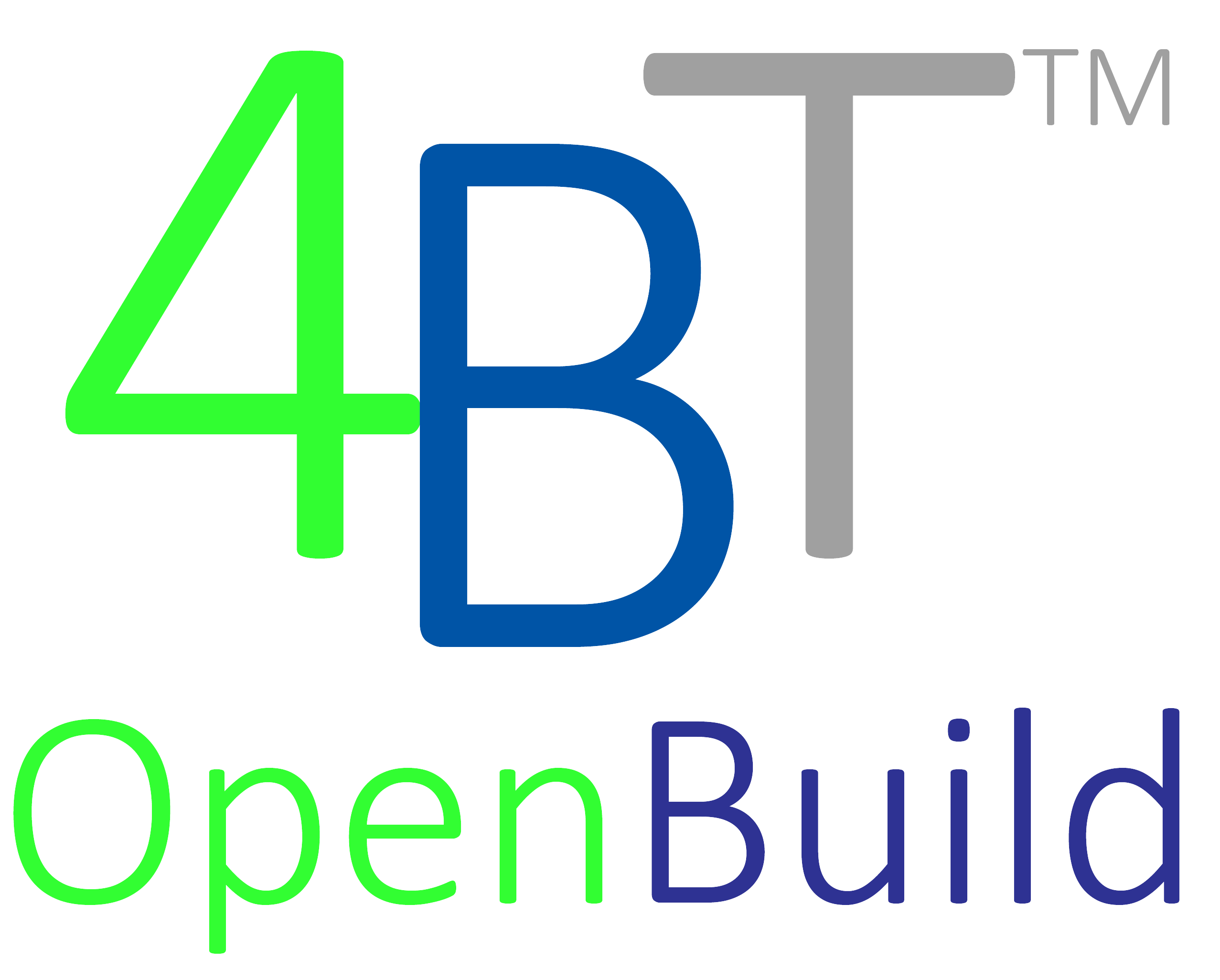Cost effective facilities FSRM, Facilities Sustainment, Restoration, and Modernization can now be accomplished with the integration of robust process and planning, procurement, and project delivery teams within a common data environment (CDE) inclusive of current, local market, granular line item construction task data.
To support the cost effective FSRM, processes and teams collaboration with a digital cloud environment which embeds appropriate robust process to ensure proper governance.
Cost Visibility
A major failing of traditional FSRM practices has been the lack of cost visibility and therefor cost management. The use of historical cost data, area cost factors, national average cost data, city cost indesing, all fail to provide adequate cost visiblity. As a result, FSRM cost estimates and the ability to validate constractor proposal have suffered. Current, local market unit price cost data is now readily available.
Robust Collaborative Process
While Job Order Contracting(JOC) has proven an excellent tool for expediting FSRM activities, it has lacked adequate cost visibility and program oversight. The use of generic cost estimating software or spreadsheets are not appropriate for JOC. JOC requires multi-level management and a full audit trail inclusive of Program Management, Contract Management, Proposal and Estimate Management, UPB Management, Workflow and Forms Management, Workorder Management, Document Management, Issues/Task Management, Contractor Mangement, Subcontractor Managemant, Quantitative Metrics, Initial and Ongoing Training, etc.
Implemanation of robust FSRM processes can reduce overall cost by 30%-40% and redirect these cost savings to actual repair, renovation, and maintenance activities.
“DoD real property will be managed in the most economical manner….”
DOD DIRECTIVE 4165.06
REAL PROPERTY (2022)

Definitions of Sustainment, Restoration and Modernization (FSRM)
Sustainment means the maintenance and repair activities necessary to keep an inventory of facilities
in good working order. It includes regularly scheduled adjustments and inspections, preventive maintenance tasks,
and emergency response and service calls for minor repairs. It also includes major repairs or replacement of
facility components (usually accomplished by contract) that are expected to occur periodically throughout the life
cycle of facilities. This work includes regular roof replacement, refinishing of wall surfaces, repairing and
replacement of heating and cooling systems, replacing tile and carpeting, and similar types of work. It does not
include environmental compliance costs, facility leases, or other tasks associated with facilities operations (such as
custodial services, grounds services, waste disposal, and the provision of central utilities).
Restoration means the restoration of real property to such a condition that it may be used for its
designated purpose. Restoration includes repair or replacement work to restore facilities damaged by inadequate
sustainment, excessive age, natural disaster, fire, accident, or other causes.
Modernization means the alteration or replacement of facilities solely to implement new or higher
standards, to accommodate new functions, or to replace building components that typically last more than 50 years
(such as the framework or foundation)
Facilities Lifecycle Management. Facilities Lifecycle management entails the Planning,
Programming, Design, Construction, Activation, Operation, Sustainment, Maintenance, and
Disposal of the built environment through Military Construction and O&M-funded SRM
activities.
